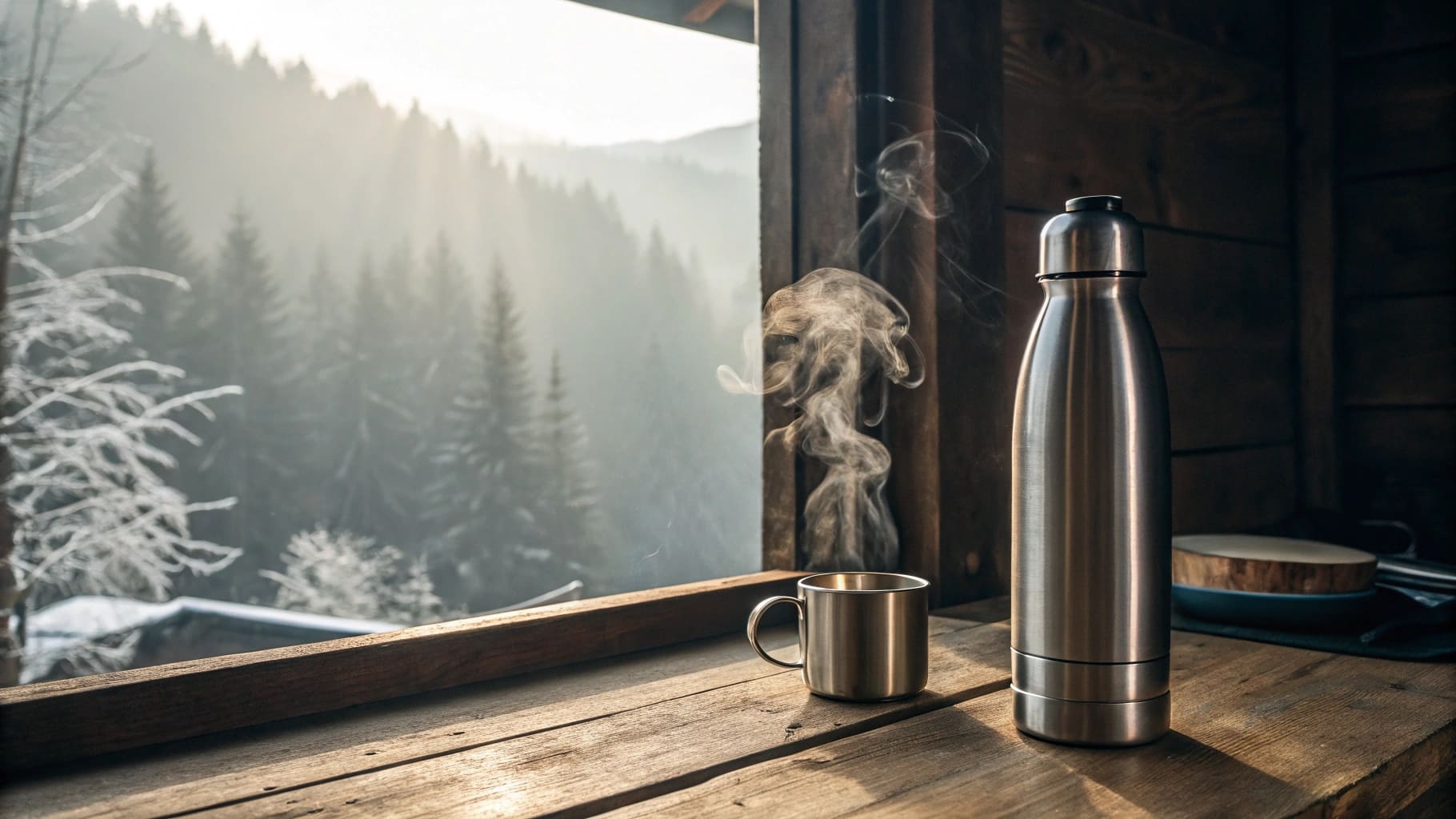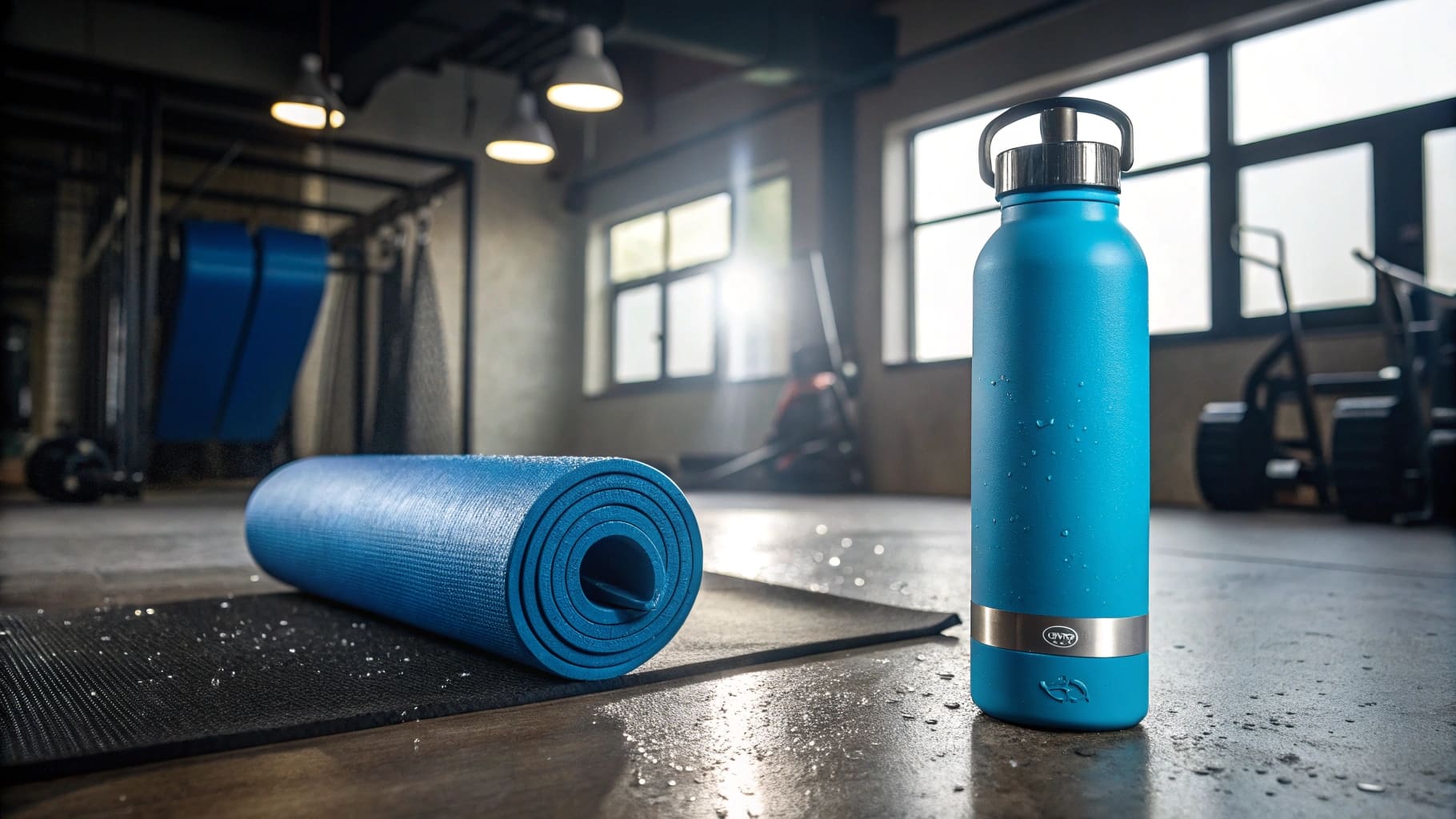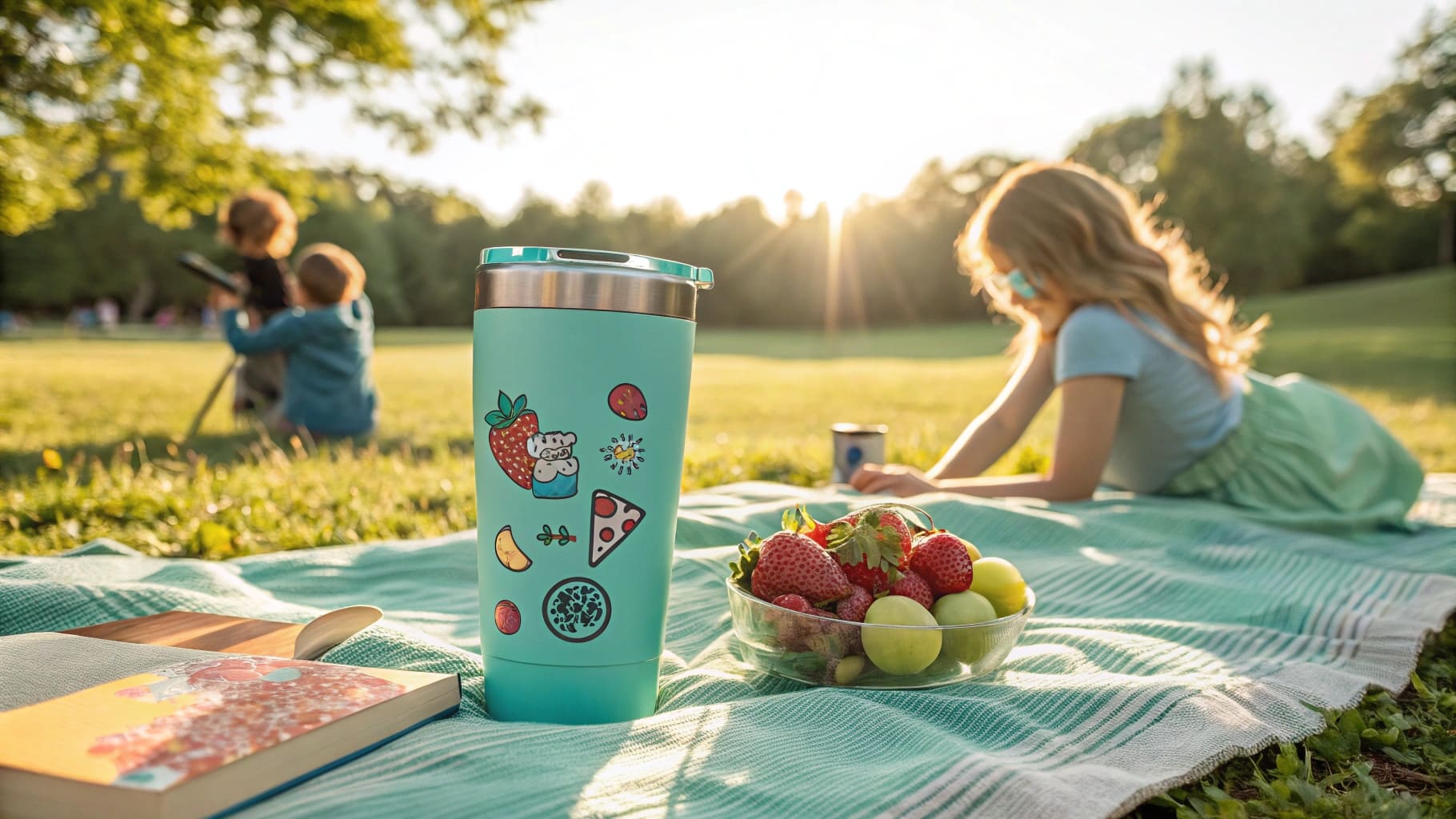Confused by steel grades for your bottles? The wrong choice means poor quality, risking your brand. Let's clarify 304 versus 201 for better products.
304 stainless steel is the industry standard for water bottles. It offers great corrosion resistance and is food-grade safe. 201 steel is cheaper and lower quality. It has less durability, so 304 is the better choice.

Knowing the basics of 304 versus 201 is a good start. But the world of stainless steel has more options. These details can impact your product choices and your business. As someone running Icobottle, I've seen how important this is for clients like Mark in Canada. Let's explore more to help you make the best decisions.
What is the difference between 304 and 202 stainless steel?
Facing another steel choice, like 202? Picking the wrong one can mean lower quality products and unhappy clients. So, let’s see how 202 compares to the trusted 304.
Like 201 steel, 202 stainless steel is part of the 200 series. It is less resistant to rust and is lower quality than 304. For food-grade items like water bottles, 304 is still the best and safest option.

When we look at 202 stainless steel, it’s important to understand its place in the market. As a B2B supplier, I always want my customers to have all the facts.
Understanding the 200 Series Steels
The 200 series stainless steels, including 201 and 202, often use manganese and nitrogen. These replace some of the nickel found in 300 series steels like 304. This change is mainly to save costs. Nickel is more expensive than manganese. So, 200 series steel is usually cheaper to produce.
Corrosion Resistance: A Big Step Down
304 stainless steel typically contains about 18% chromium and 8% nickel. This gives it excellent protection against rust and corrosion. In contrast, 202 steel has less nickel and more manganese. This makes it more likely to rust. This is especially true in acidic conditions or when exposed to salty environments. For water bottles, this lower resistance is a serious problem. I remember a case early in my career where a client unknowingly sourced 200-series bottles. They faced a lot of returns due to rust spots.
Why 304 is King for Food-Grade Products
For products that touch food or drinks, like the water bottles Mark Shenng sources for his Canadian company, 304 is the standard food-grade material. It is stable and does not easily release metals into the contents. The 200 series, including 202, generally does not meet these strict food-grade standards. This is due to its lower ability to resist corrosion. Identifying 202 versus 304 can be hard without proper material testing. That's why working with trusted suppliers like Icobottle and asking for certifications is so important for B2B buyers. A lower price for 202 might look good at first for big orders. But the risk of rust, product returns, and damage to a brand's reputation is much higher. These risks usually outweigh any initial savings, especially in markets where customers expect quality.
Here's a simple comparison:
| Feature | 304 Stainless Steel | 202 Stainless Steel |
|---|---|---|
| Nickel Content | Higher (around 8%) | Lower |
| Manganese Content | Lower | Higher |
| Corrosion Resist. | Excellent | Fair to Poor |
| Food-Grade Status | Yes (Standard) | Generally Not Recommended |
| Cost | Higher | Lower |
| Durability | Very Good | Fair |
What key differences set 316 stainless steel apart from 304?
You may have heard of 316 steel. Is it worth the extra cost over 304? Choosing wrong means you might overspend or miss out on better performance. Let's compare them for your needs.
316 stainless steel resists corrosion even better than 304. This is because it has an element called molybdenum. It's great for harsh conditions but costs more. So, 304 is usually fine for most water bottles unless you need maximum protection.

When discussing premium options, 316 stainless steel often comes up. It's a step up from 304 in certain aspects, but it's not always necessary for every application.
The Molybdenum Advantage in 316
The main thing that makes 316 stainless steel different is molybdenum. It usually has about 2-3% molybdenum. This element greatly improves its ability to resist corrosion. It is especially good against chlorides, like salt, and other strong industrial chemicals. This is why you often see 316 steel used for boat parts, or in factories that handle chemicals.
When Does 316 Make Sense for Drinkware?
304 stainless steel is good enough and safe for most water bottles. But 316 offers extra durability and purity. For a business like Mark's, which rebrands and sells premium water bottles1 in Canada, offering a 316 option could attract a special group of customers. These customers might be willing to pay more for the best corrosion resistance and material quality. For example, if Icobottle wanted to launch an 'ultra-premium' line targeting customers who often use their bottles for acidic drinks like fruit juices or in coastal, salty-air areas, 316 stainless steel would be a strong selling point. We could market this as 'medical-grade' or 'marine-grade' quality. This could appeal to health-focused or adventurous consumers. It would help Mark’s product stand out. However, for just carrying water, 316 is often more than what's needed.
Cost Versus Performance Considerations
The better features of 316 steel mean it costs more. This is because of the molybdenum and sometimes stricter manufacturing processes. As a procurement officer, Mark needs to think about this. Is the extra cost worth it for how the product will be used or positioned in the market? For standard water bottles, 304 usually gives the best balance of performance and cost. I always advise clients to consider their target customer. If they are selling to a very high-end market, 316 might be a good investment.
Let's look at them side-by-side:
| Feature | 304 Stainless Steel (18/8) | 316 Stainless Steel |
|---|---|---|
| Molybdenum Content | No | Yes (around 2-3%) |
| Chloride Resistance | Good | Excellent |
| Pitting Resistance | Good | Excellent |
| Cost | Standard | Higher |
| Common Use (Bottles) | Very Common | Premium/Specialized |
| Primary Advantage | Cost-effective, reliable | Superior corrosion resistance |
What is the difference between 304 and 310 stainless steel?
Now 310 steel enters the picture. Is it important for your water bottles, or just another option to know about? Let's explore how it differs from our standard 304.
310 stainless steel is made for very high-temperature uses2. This is due to its higher chromium and nickel content. It is generally not used for water bottles. For bottles, 304’s features are more suitable and cost-effective.

Sometimes, my clients ask about less common steel grades like 310. It’s good to understand these too, so you know why certain materials are chosen for specific products.
310 Stainless Steel: Built for Extreme Heat
310 stainless steel is an austenitic type. It has a lot of chromium (around 25%) and a medium amount of nickel (around 20%). It is famous for its excellent ability to resist oxidation, especially at very high temperatures. You often find it in things like furnace parts, equipment for heat treatment, and kiln linings. Its chemical makeup is designed for strength and stability when things get extremely hot, sometimes up to 1150°C (or 2100°F).
Is 310 Relevant for Water Bottles?
For water bottles and everyday food containers, 310 stainless steel is usually not the right choice. It's also not cost-effective for this purpose. The features that make it great for high temperatures are not needed for drinkware. Think about it: a water bottle will never reach the temperatures 310 is designed for. Its higher alloy content also makes it more expensive than 304. From my experience at Icobottle, focusing on materials that offer the best balance for the product's actual use is key.
Why 304 Remains the Go-To Choice
304 stainless steel3 offers the perfect mix of corrosion resistance, ease of shaping, hygiene, and cost for products like water bottles. Mark, as a procurement officer buying for his Canadian company, would find no real benefit in choosing 310 steel for his drinkware line. It would not offer any advantage over 304 for this use and would significantly raise his costs. The mechanical properties of 310, like being less flexible than 304 at room temperature, might also make it harder to shape into bottles. It’s a classic example of a material being excellent for one job but not suitable for another. Suggesting 310 for water bottles would be a mistake. It would lead to unnecessary expense for Mark and no extra benefit for his customers.
Here's a quick comparison:
| Feature | 304 Stainless Steel | 310 Stainless Steel |
|---|---|---|
| Primary Use | General Purpose, Food | High-Temperature Uses |
| Chromium Content | Around 18% | Around 25% |
| Nickel Content | Around 8% | Around 20% |
| Heat Resistance | Good | Excellent |
| Cost | Standard | Much Higher |
| Suitability (Bottles) | Ideal | Not Typically Used/Overkill |
| Formability | Good | Fair (less ductile) |
Conclusion
Choosing the right stainless steel is key. For bottles, 304 is usually best. Understand grades like 201, 316, and 310 to improve quality and cost for your business.
-
This resource will provide insights into how 316 stainless steel can enhance product appeal and performance in the market. ↩
-
Discover the various applications of high-temperature stainless steel, including industries that rely on its unique properties for safety and efficiency. ↩
-
Learn why 304 stainless steel is the go-to choice for water bottles, balancing cost, hygiene, and durability effectively. ↩

